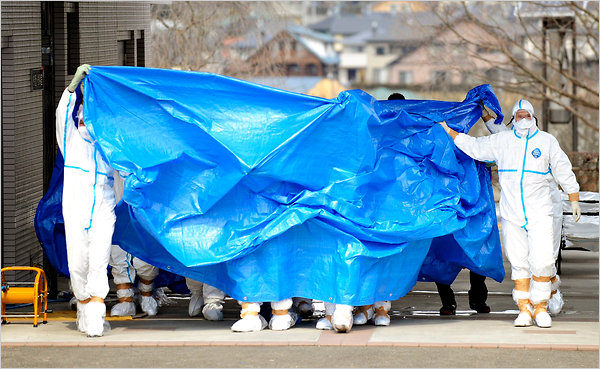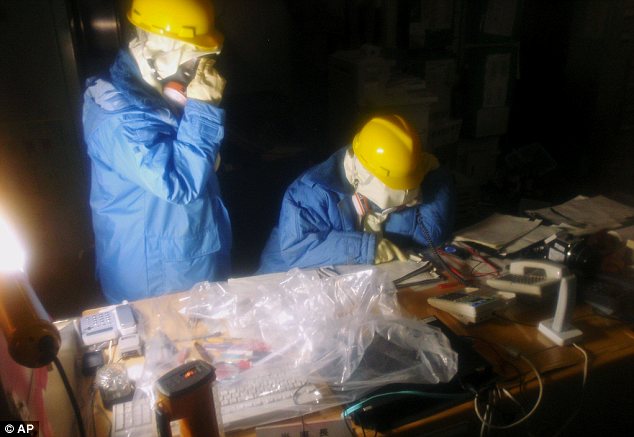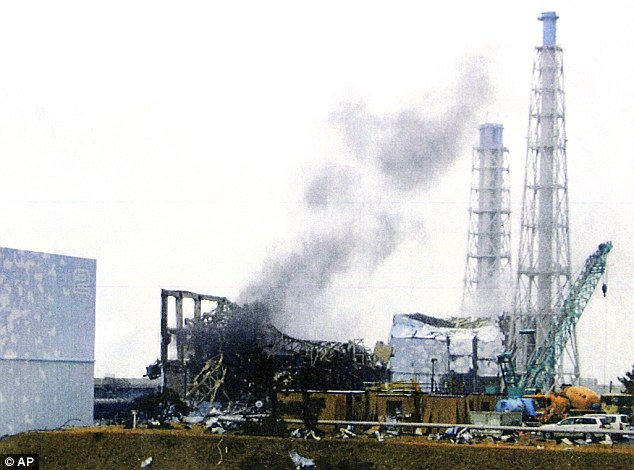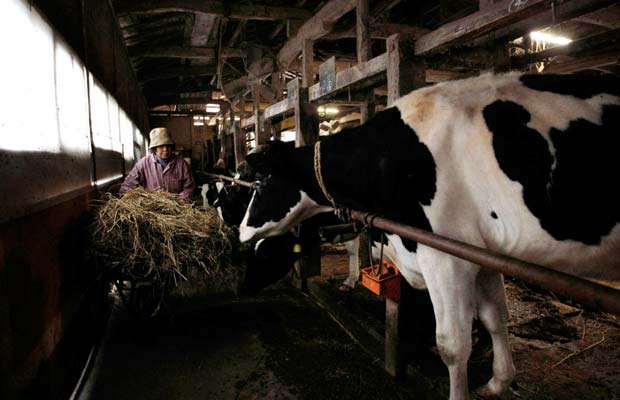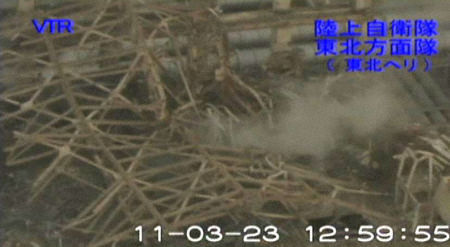Important:
Lugols solution is perfectly safe (this is also mentioned by another forum user in the following thread below) and a very good choice to protect yourself from radioactive iodine.
See also:
– Dr. Donald W. Miller, MD: Iodine for Radioactive Fallout
– Dr. Rima Laibow Recommends What to Do About Radiation
********
How To Decrease Radiation Illness And Protect Yourself From Radiation
This is a further summary of radioprotective dietary supplements and other products that are available without a prescription. There are other products that are available by prescription, but I wanted to center on what people could fairly easily obtain.
The references following each entry on the list, for the most part are taken from peer reviewed scientific literature rather than from other sources, as I wanted to be as accurate as possible. Full articles are available from pubmed for a fee, but the abstracts are posted as they are free.
This list is supplied for those who wish to be proactive rather than counting on governmental institutions, so it is intended for those who are interested in what they personally can do to protect themselves and their family members from radioactive contamination.
The dosages listed are only suggestions, and many sources vary considerably as to dosage recommendations for a given product. In some instances the dosages given were those used to treat radiation victims.
Please be alert that doses for Adults and children may be radically different, and persons with health conditions such as kidney disease, liver disease, or other serious medical conditions should always consult with their personal health care provider before using any supplements. Also if you are pregnant or breastfeeding, discuss any supplements with your health care provider before using them.
(1) Probably most useful, (2) Potassium Iodide, Iodate and related products, (3) Vitamins, (4) Supplements, (5) Food items and (6) Miscellaneous products
(1) Probably most useful is here in the first post:
Pectin:
Pectin is found in large quantities in Apples and was used to detoxify radioactive Cesium from the children of Chernobyl. Dose for children was 5 grams twice daily during 18-25 day treatments.
“Twenty-two years after the Chernobyl releases, the annual individual dose limit in heavily contaminated territories of Belarus, Ukraine, and European Russia exceed 1 mSv/year just because of the unavoidable consumption of locally contaminated products.”
“For practical reasons the curative-like use of apple-pectin food additives might be especially helpful for effective decorporation of Cs-137. From 1996 to 2007 a total of more than 160,000 Belarussian children received pectin food additives during 18 to 25 days of treatment (5 g twice a day). As a result, levels of Cs-137 in children’s organs decreased after each course of pectin additives by an average of 30 to 40%.
[link to www.ncbi.nlm.nih.gov]
Calcium:
Blocks uptake of stronium-90. Adults may take 1500 mg daily.
[link to www.ncbi.nlm.nih.gov]
[link to www.ncbi.nlm.nih.gov]
Alginate:
(either calcium alginate or sodium alginate) as an alternative treatment for radioactive strontium: “The data obtained show that the uptake of ingested strontium from milk was reduced by a factor of nine when alginate was added to milk. It is concluded that alginate preparations are a suitable antidote against radio-strontium.”
“A pilot production procedure has been established. Na alginate (sodium alginate) from S. siliquastrum (algae species)was proven to be a potent agent for reducing Sr (strontium) absorption, with high efficiency and virtually no toxicity. Strontium absorption in human subjects was reduced by 78% (+/- 8.9) or completely suppressed the increase of serum Sr at 2 h after ingestion. In cases of emergency, an alginate syrup preparation appears to be more suitable because of its rapid action.”
“It was found that administration of sodium alginate as a jelly overcomes the problem of constipation and effectively reduces Sr(89) uptake, up to 83%. This fact represents a significant finding with respect to the use of the compound in human subjects.”
[link to www.ncbi.nlm.nih.gov]
[link to www.ncbi.nlm.nih.gov]
[link to www.ncbi.nlm.nih.gov]
[link to www.ncbi.nlm.nih.gov]
[link to www.ncbi.nlm.nih.gov]
[link to www.ncbi.nlm.nih.gov]
Read moreHow To Decrease Radiation Illness And Protect Yourself From Radiation
